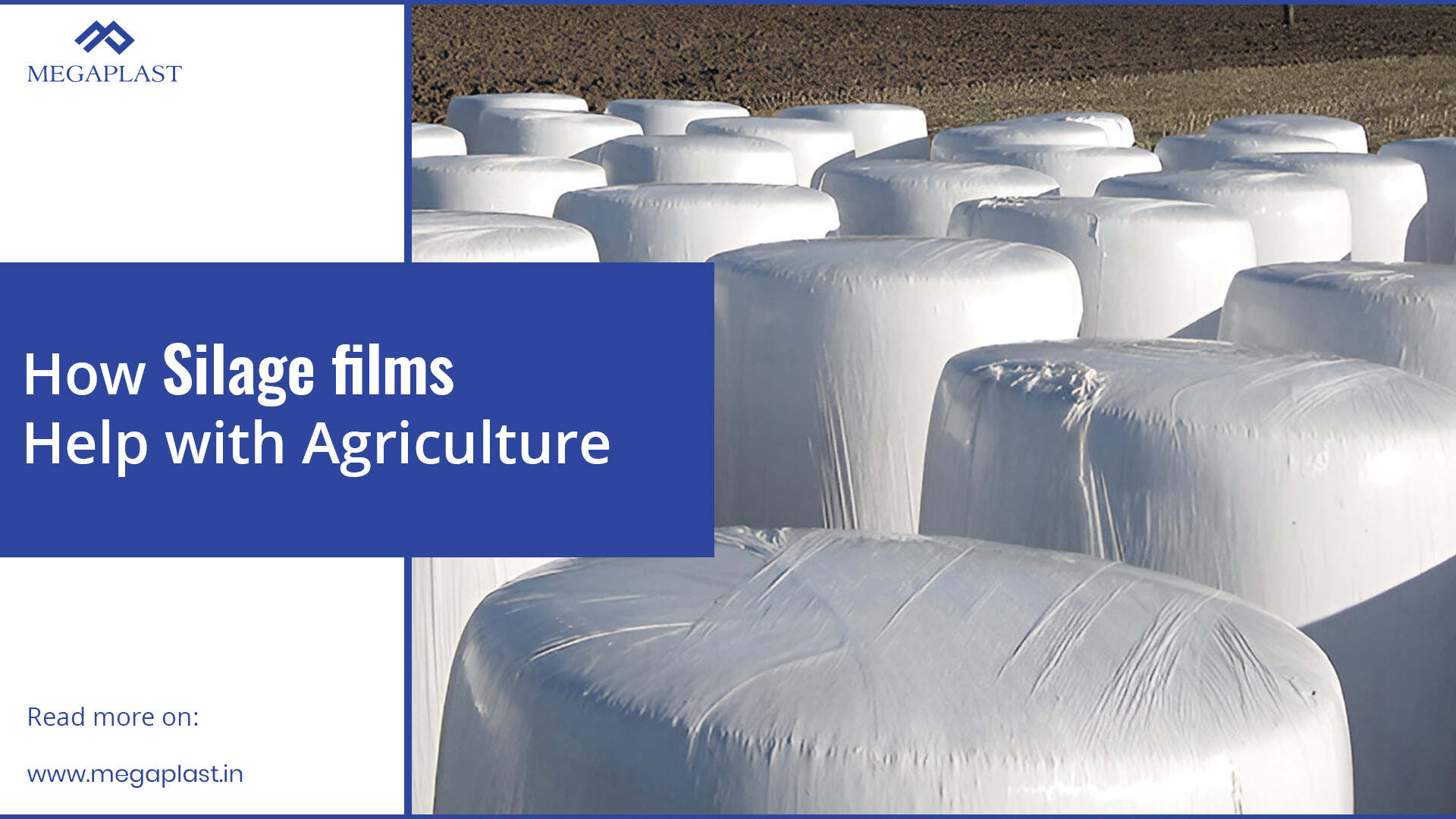
Forage – the lifeblood of any livestock operation – needs careful preservation to retain its nutritional value and minimize waste. This is where silage films come in, playing a crucial role in modern agriculture by transforming how we store and protect crops like corn, hay, and other forages. Unlike fertilizers or growth stimulants, silage films don't directly contribute to crop growth. However, their impact on post-harvest preservation is nothing short of revolutionary.
Understanding Silage and the Importance of Preservation
Silage is a fermented feedstuff created by storing chopped forage material in an air-tight environment. This process encourages the growth of beneficial bacteria that convert sugars into lactic acid, effectively preserving the forage and preventing spoilage caused by aerobic (oxygen-loving) bacteria and fungi.
Proper silage preservation is essential for several reasons:
Nutrient Retention: Freshly cut forage naturally begins to lose nutrients the moment it's harvested. Silage films create an air-tight barrier, minimizing dry matter loss and preserving valuable nutrients like protein, sugars, and vitamins crucial for animal health and productivity.
Reduced Waste: Spoilage caused by oxygen exposure and mould growth can significantly reduce the usable portion of your forage. High-quality silage films minimize spoilage, allowing you to utilize a larger portion of your harvest.
Year-Round Availability: With proper storage, silage allows you to extend the availability of nutritious feed beyond the harvest season. This provides valuable flexibility in feeding your animals and reduces dependence on seasonal fluctuations in forage quality.
The Power of Silage Films: Protecting Your Investment Silage films act as the silent guardians of your silage, safeguarding your investment and optimizing its benefits. Here's how these innovative films contribute to success:
Promoting Ideal Fermentation: Top-of-the-line silage films boast excellent oxygen barrier properties. By minimizing oxygen ingress, they promote ideal anaerobic (without oxygen) conditions for optimal fermentation. This leads to higher-quality silage with improved palatability for your livestock.
Weather Resistance: These films are designed to withstand harsh weather conditions. They feature high puncture resistance to resist tears and abrasions, protecting your valuable silage from external damage caused by wind, rain, or wildlife.
UV Protection: Sunlight exposure can degrade the nutritional value of silage. Modern silage films are equipped with advanced UV protection additives that shield your silage from sunlight, minimizing nutrient loss and preserving its energy content.
Efficiency and Time-Saving: Easy-to-use silage films allow for efficient and time-saving wrapping of silage bales and bunkers. This translates to quicker ensiling processes and minimizes the risk of spoilage during the critical initial fermentation period.
Maximizing Farm Profitability Through Silage Film Technology
By optimizing forage preservation, silage films contribute directly to farm profitability in several ways:
Reduced Feed Costs: By minimizing spoilage and maximizing nutrient retention, you get more usable feed out of your harvest, potentially reducing dependence on expensive purchased feed supplements.
Sustainable Practices: Silage film technology promotes sustainable practices by allowing farmers to utilize locally grown forages year-round, reducing reliance on transported feed and minimizing the environmental impact associated with transportation.
Choosing the Right Silage Film for Your Needs
With a variety of silage films available in the market, selecting the right one for your needs is crucial. Here are some factors to consider:
Forage Type: Different forages have specific moisture content and ensiling requirements. Choose films designed to optimize fermentation based on the type of forage you're storing (corn, alfalfa, etc.)
Climate: Consider the climate in your region and the potential weather challenges the silage will face. Choose a film with appropriate thickness and durability to withstand these conditions.
Storage Structure: The type of storage structure you'll be using (bunker, silo bag, etc.) will influence the film selection. Different structures require films with specific properties for optimal application.
Silage films are not just plastic wraps; they are a vital technology empowering modern agriculture. By protecting and preserving your forage, they contribute significantly to animal health, farm efficiency, and overall profitability. As you invest in your silage production practices, high-quality silage films are an investment worth considering; their benefits will be reaped for years to come.
For more information. Please complete this form.